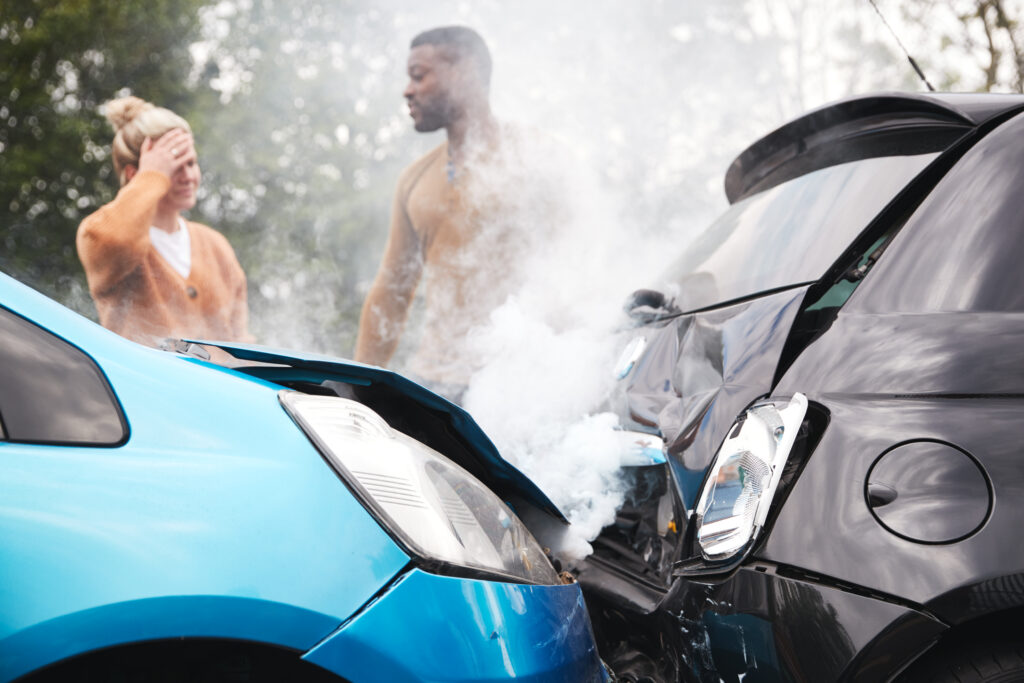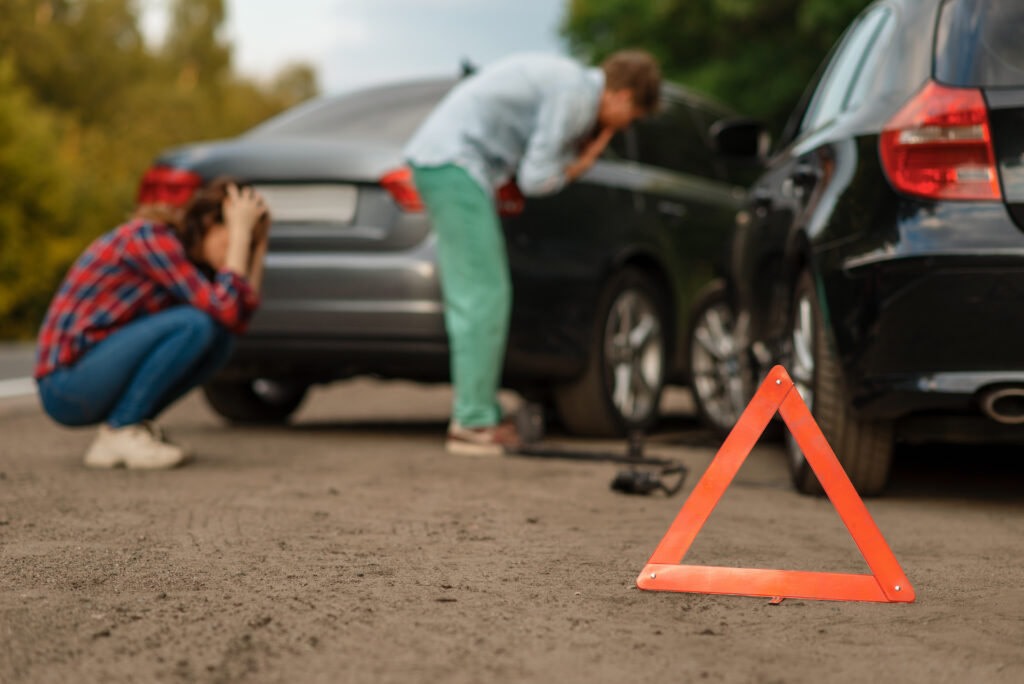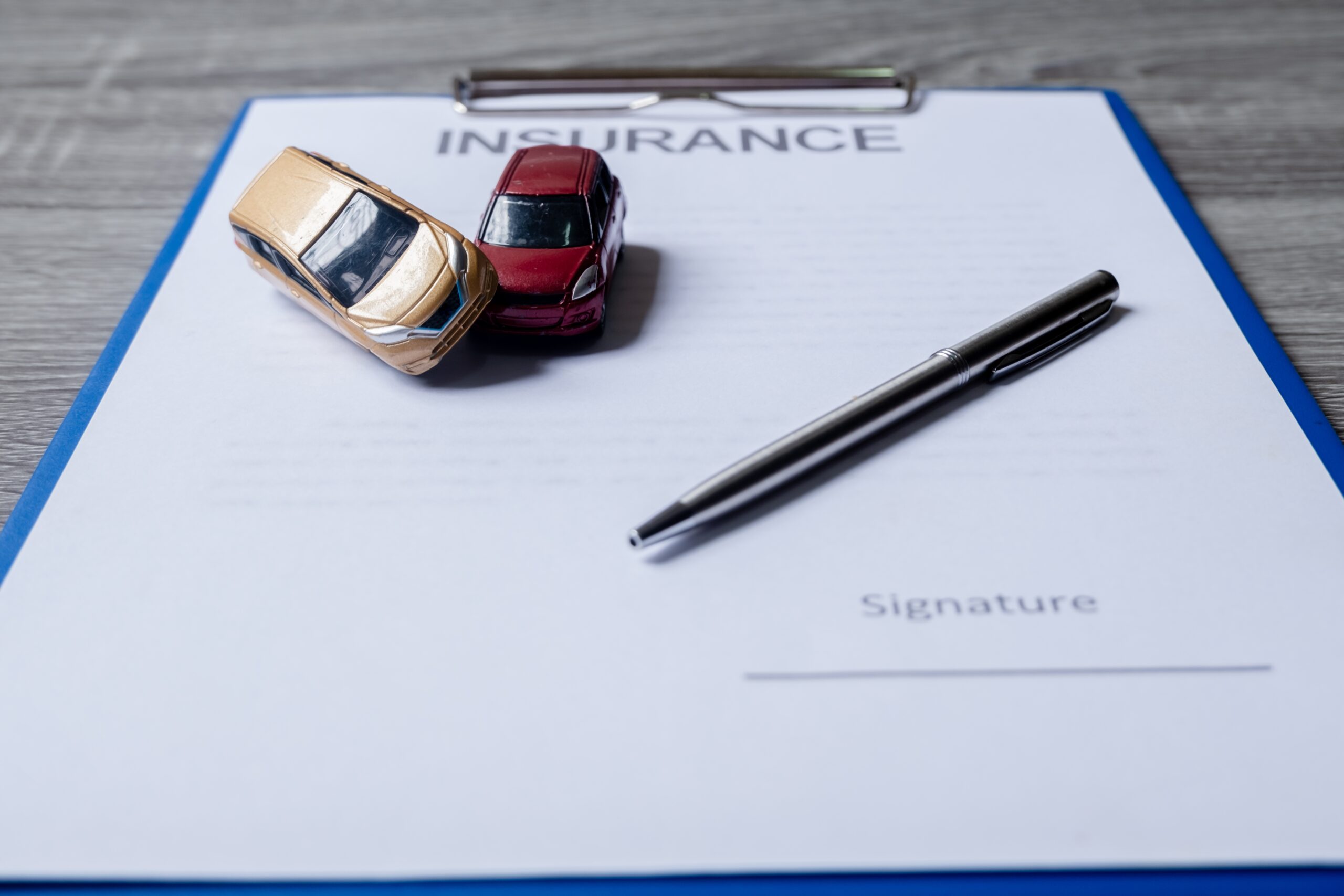Car insurance is a convoluted business. There are a lot of different policy add-ons and policy requirements to keep track of, and the rising cost of premiums doesn’t make things less complicated.
One factor of car insurance many people hear a lot about—but don’t always understand—is No Fault coverage.
No Fault coverage is a crucial element of car insurance—especially in Florida—so you should know exactly what it means and what your coverage is.
Read on for our breakdown of No Fault coverage.

What Does No Fault Mean?
The name itself sounds pretty clear, but it doesn’t mean exactly what you think.
In traditional auto insurance, the at-fault driver’s insurance would typically cover the damages and injuries of the other parties involved in an accident. No Fault insurance means that, regardless of which driver is at fault for an accident, each driver’s personal insurance will cover certain expenses resulting from the accident—namely medical expenses.
Under No Fault coverage, whether you are the at-fault driver or not, your own insurance policy includes Personal Injury Protection (PIP), which will help cover medical expenses, lost wages, and other related costs resulting from injuries sustained in the accident. In Florida, No Fault coverage also includes Property Damage Liability (PDL), which covers the cost of property damage caused by the insured driver to others.
The objective of No Fault coverage is to streamline the claims process and reduce the need for lengthy and expensive legal battles over fault determination. It is designed to provide more prompt and efficient compensation for injured parties, and its intention is to avoid lawsuits for smaller claims.

What Is Covered Under No Fault Coverage?
No Fault coverage consists of two main policies: Personal Injury Protection and Property Damage Liability.
In Florida, you’re required to carry a minimum of $10,000 in coverage for each policy.
Here’s what they cover:
Personal Injury Protection
Your PIP covers your medical expenses as a result of the accident. This can include hospital visits, doctors’ fees, medication, rehab, and other medical services needed.
It can also help cover some of your lost wages if you have to take time off of work while recovering, and it can partially cover funeral expenses.
In Florida, PIP only covers 80% of your medical expenses. So even if your coverage is $10,000, if your medical expenses amount to $4,000, your PIP would only cover $3,200. Many people can use their health insurance to cover the remainder of the costs if they are not too high.
You also only have 14 days after your accident to seek medical attention in order for it to be covered by your PIP. So even if you’re not visibly injured, it’s a smart idea to get checked out by your doctor to detect any hidden injuries you might have. Conditions like whiplash might not present symptoms right away, and they can be serious if left untreated.
Property Damage Liability
Every driver in Florida is also required to carry at least $10,000 in property damage liability as well, but it works differently than PIP.
Your PDL covers damages to another person’s property when you are determined to be at fault for the accident. It can cover damages to the other driver’s car, damage to a fence, a building, public property, and more.
It will not however cover damages to your own car or property.

What Are the Limitations of No Fault Coverage?
The main goal of the No Fault law is that it can streamline the claims process and avoid lawsuits for minor accidents. It also covers a wide range of medical expenses and facilitates quicker compensation for your expenses.
However, it does have some drawbacks.
For one, No Fault states have higher average premiums. Florida is one of the highest in the nation, and alongside uninsured drivers, the no fault law is a major factor.
No Fault coverage also offers little compensation for pain and suffering. You have the option to file a personal injury lawsuit if a certain severity of injury is met, but that can be a long and difficult process.
It’s also important to keep in mind your specific coverage amounts. The minimum of $10,000 can be used up very quickly if the accident is severe enough, and your PIP will only cover 80% of your total expenses, up to your limits.
Stay In Control of Your Car Insurance
Keeping track of the various insurance requirements and insurance terms is a tall task, but it’s crucial that you understand what your coverages are.
That’s why working with an independent insurance agency is your best option.
Whether it’s auto insurance, homeowners insurance, business insurance, or any other type of coverage, an independent insurance agent can not only do all the research for you, they can also take the time to explain your coverage and make sure you’re not missing anything.
At Darr Schackow Insurance, we’re committed to getting you the best coverage that fits your budget. It can be tempting to lower your cover and increase your deductible to lower your premiums, but we can help you find better ways to cut costs without sacrificing coverage.
Get a car insurance quote today and call us to discuss your best options.

